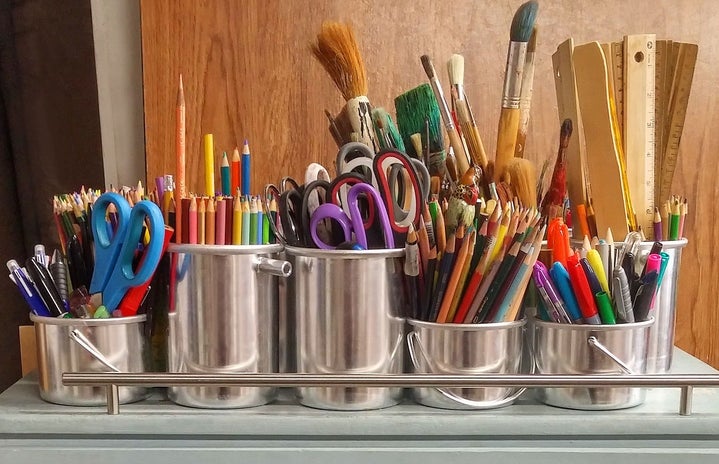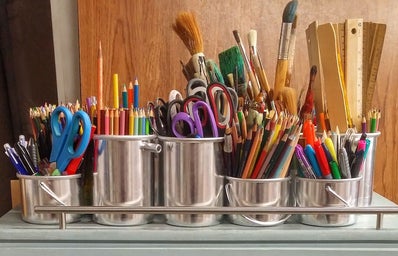“The fault lies not in our stars, our hormones, our menstrual cycles, or our every internal space, by in our institutions and our education.” – Linda Nochlin
The Beginning
Linda Nochlin was an American art historian. She became a prominent feminist art historian who became well known for her pioneering article “Why Have There Been No Great Women Artists?”. An art dealer, Richard Feigen, turned to her one day and said, “Linda, I would love to show women artists, but I can’t find any good ones. Why are there no great women artists?” Linda pordered on that for the rest of the night, and had this to say, “It just lit up my mind, stimulated me to do a great deal of further research in a variety of fields in order to “answer” the question and its implications.”
So Why
I think the goal of Nochlin’s thesis is to prove that there was a reason that there weren’t any great female artists, and it’s more than men just overpowering. There is one specific approach to the question that Nochlin speaks on, “Many contemporary feminists assert that there is actually a different kind of greatness for women’s art that for men’s – They propose the existence of a distinctive and recognizable feminine style, differing in both formal and expressive qualities from that of men artists and the unique character of women’s situation and experience.” Women had a different part in society than men. The point is that there haven’t been any great women artists. There aren’t any female equivalents to the men. And the definition of “great” is different for men and women, back in the day.
The “Answer”
Intersectionality is the answer to why there have been no great women artists. Intersectionality is the categorization of things such as race, class, and how they effect a certain group. There were no women artists because they were oppressed by society. Women were also told to stay in the house, because they had to be home to take care of the child. There is no winning with this situation, and unfortunately there isn’t a natural “fix” for it.


